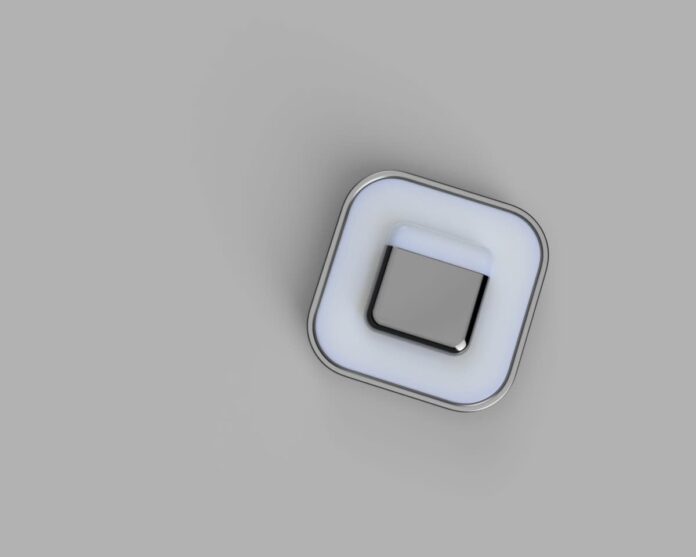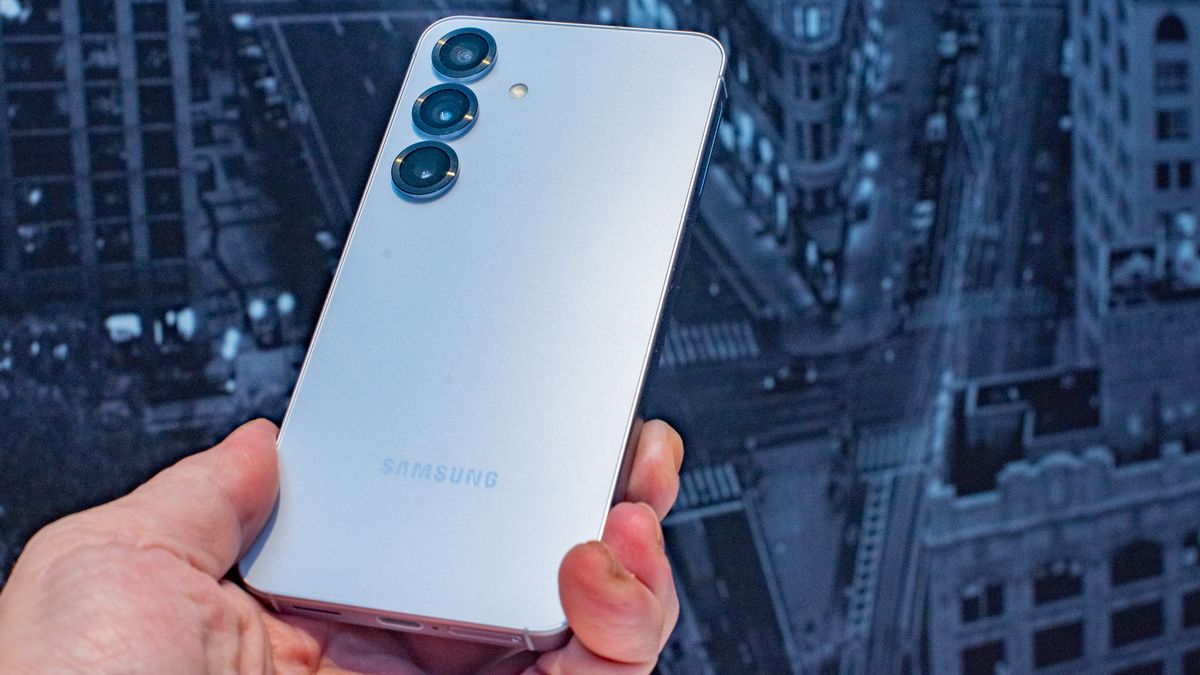Monash University researchers in Australia have pioneered a groundbreaking wearable device designed to enhance sleep quality and mental well-being by monitoring the effects of artificial light on the human body. Dubbed the ‘MiEye’ sensor, this compact, coin-sized device is the creation of circadian biology experts Professor Sean Cain and Associate Professor Andrew Phillips, with design and development support from Professor Jon McCormack, Elliott Wilson, and Dr. Rowan Page of SensiLab.
The MiEye sensor is a first-of-its-kind innovation that tracks light exposure across 11 different channels, ranging from the glow of phone screens to the natural hues of sunsets. By recording the impact of these light sources on the wearer’s circadian rhythms, the device aims to provide personalized insights that can lead to improved sleep patterns, better mental health, and even the management of chronic health conditions.
Integrated with a smartphone application, MiEye translates the recorded data into actionable feedback, allowing users to understand and optimize their light environments for better overall health. Initially available to select researchers, the MiEye sensor is expected to reach a broader audience of clinicians and researchers in 2025 through Circadian Health Innovations, the spin-off company formed by the project’s lead researchers. This innovation marks a significant step forward in the intersection of technology, health, and well-being, offering a promising tool for those looking to optimize their sleep and circadian health.





